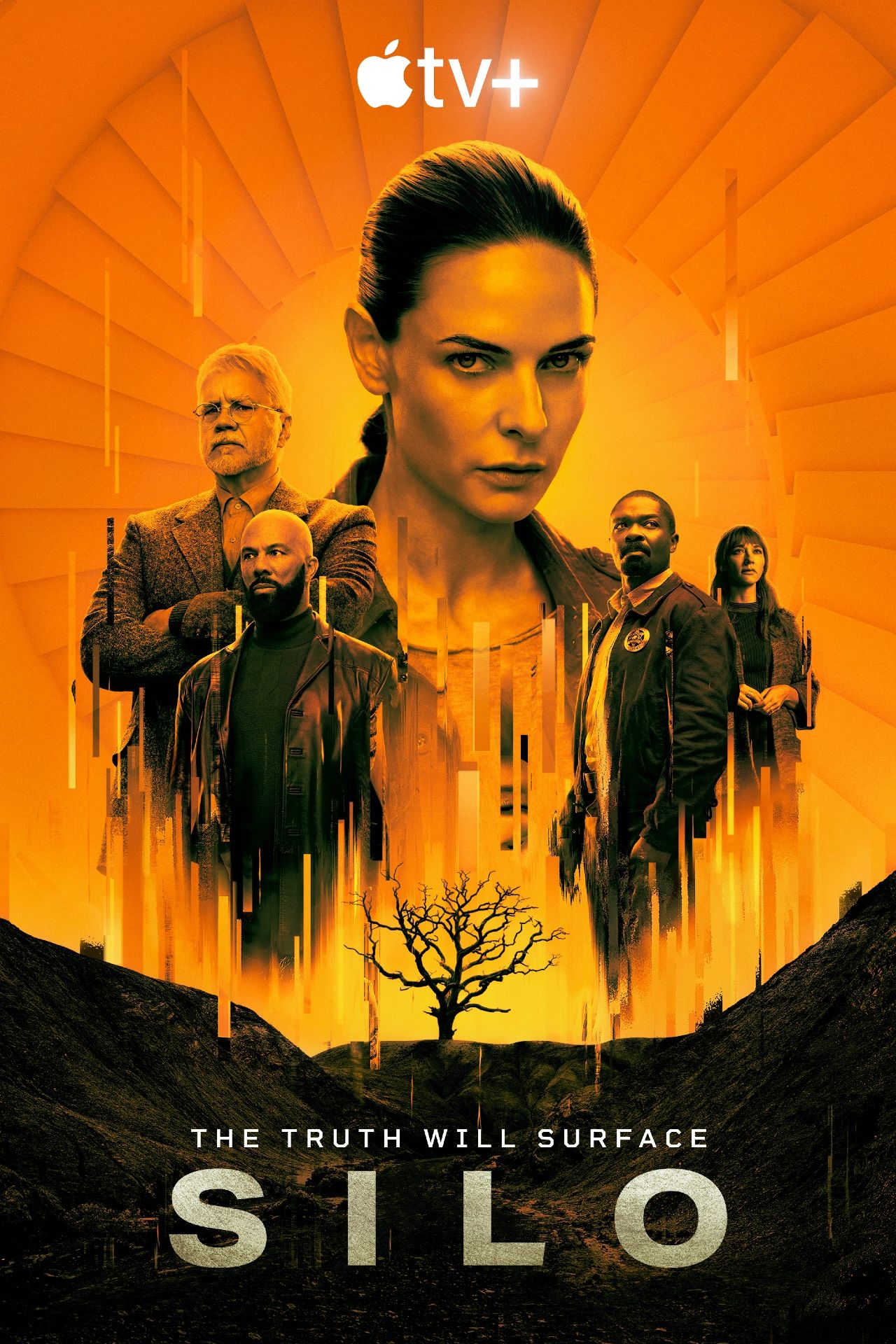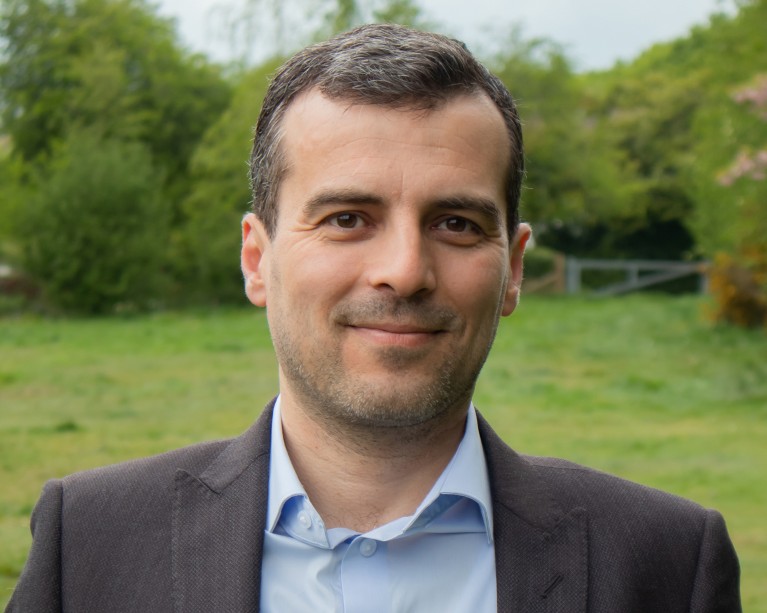[ad_1]
¡advertencia! Esta publicación contiene pequeños spoilers de la trilogía de libros Silo de Hugh Huey.
Date cuenta de que silo Me resultaría difícil adaptar la historia más seria de la trilogía original de Hugh Huey y me preocupa cómo continuará el programa de Apple TV+ más allá de la segunda temporada. silo Sigue siendo fiel a la mayoría de las historias y personajes de los libros originales de Hugh Howey. Sin embargo, como la mayoría de las adaptaciones, el programa de ciencia ficción de Apple TV+ no tiene reparos en tomarse libertades creativas para hacer que la historia del material original sea más atractiva y adecuada para el formato de historia episódica.
Si bien describe con precisión cómo Juliet asciende en las filas de Silo-18 después de la muerte de Holston y se encarga de descubrir los secretos de su mundo, también introduce varios conceptos nuevos, como Flamekeepers y Syndrome. Mientras editaba la segunda mitad del primer libro de Hugh Howey para Silo, lana, silo Es probable que la temporada 2 adopte un enfoque similar. Sin embargo, más allá de eso, es difícil no preocuparse por cómo se desarrollará el programa con la adaptación original de Hugh Huey. silo libros.
Hugh Howey se arriesgó mucho con su narración en la segunda parte del libro de Silo
El segundo libro se desarrolla como una precuela derivada.
la primera silo Un libro de la trilogía de Hugh Howe, lanasigue una historia continua que recorre el tiempo de Juliet en el Silo 18 en su primera mitad antes de que su viaje fuera del silo central se desarrolle en sus arcos finales. Pero en el segundo libro Convertirla historia de la trilogía retrocede repentinamente en el tiempo, arrojando luz sobre los orígenes de los silos y por qué el mundo exterior se volvió inhabitable. Se corre un gran riesgo al presentarse como un spin-off que presenta un elenco de personajes completamente nuevo, siguiendo una historia general independiente.
Relacionado con
Explicando el mundo del silo
La serie Apple TV+ de 2023 se basa en una trilogía de libros que en conjunto describen toda la información clave que explica cómo surgió el silo.
Aunque la trilogía finalmente conecta todos los puntos en la tercera parte, sueloy destaca cómo ConvertirHistoria relacionada con lanaComo lector, al principio no sabía qué Convertir Se estaba preparando para. Casi ninguno de los personajes del primero está presente. silo Los escritores retoman sus papeles en Convertirhistoria, El segundo libro me obligó a dar un gran acto de fe mientras hojeaba su narrativa desconocida.. Como ya me he encariñado con Julieta y su relato de la ermita del 18 de lanaNo puedo evitar preguntarme si el cambio en la narración acabará por dejarme sintiéndome desconectado.
Adaptarse al cambio será el mayor reto de Silo en Apple TV+
El programa no puede correr los mismos riesgos que los libros.
Aunque la ambiciosa novela de Hugh Howey acaba cobrando sentido al final de la película Convertirhistoria, la trilogía requiere una enorme paciencia por parte del lector al revelar una historia precuela completamente nueva en el segundo libro. El programa Apple TV+ no puede seguir el mismo camino que los libros porque el enfoque de Hugh Huey es demasiado arriesgado para el formato televisivo. Aunque no sabía hacia dónde iba la historia, seguí leyendo. Convertir después lana Porque estaba más interesado en el estilo de narración y escritura de Hugh Howey.
Aunque al principio me molestó un poco el hecho de que Convertir Parece no tener relación lanaMe pareció bien que el segundo libro presentara una nueva historia ambientada en el mundo de Silo. Sin embargo, en lo que respecta a la serie, me encantó ver la primera temporada debido a las increíbles elecciones de reparto y las sólidas actuaciones que dieron vida a los personajes del libro. Al igual que yo, estoy seguro de que la mayoría de los espectadores quieren que el programa exista. Una narrativa continua a lo largo de todas las temporadas con Juliet Rebecca Ferguson como personaje principal..
dado como
silo
La primera temporada apenas da abasto.
lana
En la primera mitad del libro, parece probable que la temporada 2 solo revele la segunda mitad del primer libro.
Por esta razón, si un programa intenta adaptar fielmente la estructura narrativa de los libros originales, podría correr el riesgo de alienar al público cuando comience a adaptarse. Convertirhistoria. dado como silo La primera temporada apenas da abasto. lanaEn la primera mitad del libro, parece probable que la temporada 2 solo revele la segunda mitad del primer libro. Luego, la temporada 3 retomará los eventos del Libro 2, pero tendrá que correr un gran riesgo al cambiar repentinamente de marcha para centrarse en un nuevo conjunto de personajes y una perspectiva narrativa diferente.
Es probable que las futuras temporadas de Silo eviten seguir la estructura narrativa de los libros.
La historia del segundo libro probablemente se presentará de una manera diferente.
Durante la entrevista (trans Podcast de directores creativos de Bronc Swenson), siloEl creador del libro, Graham Yost, enfatizó que no podían hacer lo que hizo Hugh Howey con la historia del segundo libro. Dijo que a diferencia del segundo libro, El programa no podría continuar sin Julieta de Rebecca Ferguson en la pantalla durante la mayor parte de la narrativa. Porque ella es la cara de la serie. La declaración de Graham Yost indica que a pesar de la presencia de Apple TV+ silo Probablemente continuará honrando el material original y presentará los eventos del segundo libro de una manera diferente.
|
silo Detalles hechos clave |
|
|
Creado por |
Graham Yost |
|
Calificación de la crítica sobre Rotten Tomatoes |
88% |
|
Puntuación de audiencia de Rotten Tomatoes |
66% |
|
Residencia en |
Hugo Howie lana, Convertiry suelo |
Si bien sólo el tiempo dirá cómo el programa abordará los eventos de los orígenes de los Silos, parece probable que logre entregar ConvertirEventos a través de flashbacks. Como Prime Video el cae Avanza y retrocede en el tiempo para revelar simultáneamente las consecuencias y los orígenes de la devastación nuclear, silo Probablemente hará lo mismo centrándose en dos líneas de tiempo diferentes en sus próximas temporadas.
[ad_2]
Source Article Link












